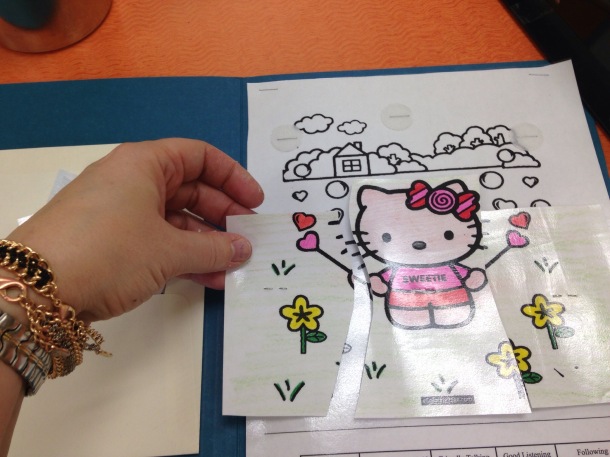Memorizing is tough, memorizing lists is tough! Memorizing is made easier by things like mneumonics (new-mon-ics). Mneumonics like HOMES for the Great Lakes (Huron, Ontario, Michigan, Erie, Superior) give our brains “a hook” to hang things on; a way to make sense of a list. The site www.braingle.com explains why our brains like mneumonics:
1. They make the material more meaningful by adding associations and creating patterns. In fact, mnemonics work better for material that is less meaningful.
2. They help organize the information so that you can more easily retrieve it later. By giving you associations and cues, mnemonics allow you to cross-reference the information in different parts of your memory. This mental structure is very useful for material that has very little inherent organization.
3. Mnemonics typically involve visualizations that help make the facts more vivid. This is especially helpful for people who are visual learners. Additionally, these visualizations help focus your attention on the material by making the learning more fun.
Memory aids that build links can be visual like this picture of an energy drink:

I made this with a student to help her remember the term “mitochondria” and to help her remember that the function of the mitochondria is to produce energy in the cell.
Another memory aid that builds connections for a student is narrative, or story. I taught students the capitals of the provinces of Canada in less than half an hour. Ham up the stories, the funnier the better, and the more memorable! For a copy of this, click here.
We tried another narrative. I put 10 items on a tray, students looked at the items for a minute, then I took the tray away. I asked them to write what they remembered. Next, I took out the tray and made a story in which I walked through my house and in each room I incorporated one of the items. For example, to remember: hat, tennis ball, book, juice box, sock, and calculator: I walked into my house and hung up my hat. Then I walked into the hallway and kicked a tennis ball that was left on the floor. I was frustrated so I went into the living room and sat down but I sat on a book. I quickly got up and went into the kitchen for a juice box. After that I went to the living room where I found my sock. I put it on and decided to get to work. I went into the dining room and sat at the table with my calculator. And so on… This method works best when your mental pictures are walking through rooms in your own house. Try it! Challenge someone that doesn’t know this trick and blow them away with your memory powers!
These tools are definitely NOT just for special ed. students! Imagine the university student that has to memorize the parts and functions of a cell, list genres of literature, rattle off events in historical order, or recall different types of generators and how they function!

 It is intended to create structure while keeping things fun and keeping kids accountable without parental nagging (thus the checklist :). Your kids need you to be a calm in the current storm.
It is intended to create structure while keeping things fun and keeping kids accountable without parental nagging (thus the checklist :). Your kids need you to be a calm in the current storm.












